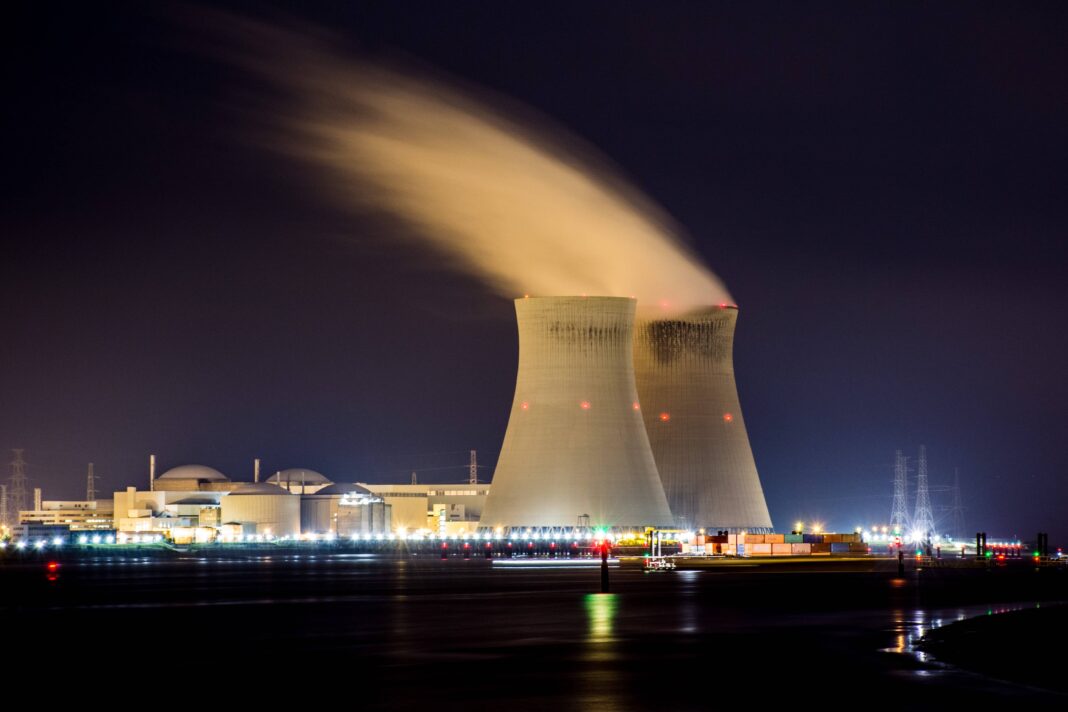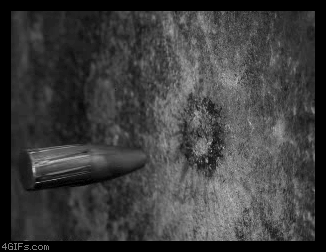Engineers have designed a revolutionary new tool that can reduce the time and cost of safety checks in nuclear reactors. This new approach could save money and increase power output in the short term, and it could increase plants’ safe operating lifetimes in the long run. Let’s take a look at how this new tool works.
The method is an inexpensive, hands-off test that produces similar information about the condition of certain nuclear reactor components with less time required during a shutdown. The findings were reported in the journal Acta Materiala by MIT professor of nuclear science and engineering Huigang Liang, postdoc Shuai Guo, graduate student Miao Zhang, and four others from MIT, China’s Tsinghua University, and China’s National Institute of Advanced Industrial Science and Technology.
The technique uses neutron imaging to assess radiation damage in fuel rods used to power some types of water reactors. Neutron imaging is an established technique for seeing inside materials or components using neutrons instead of light or X-rays; it had never been applied to fuel rods before. The MIT team found that neutron imaging could be used to measure “swelling” — an increase in diameter — caused by radiation damage due to these fuel rod components being exposed to intense neutron radiation over their lifetime. By assessing swelling levels, engineers can get an idea of how much further these components can safely operate before they need to be replaced or upgraded.
This new approach is significantly faster than current methods which require samples of the rod material to be removed so they can be inspected under a microscope. This type of analysis takes days or even weeks while neutron imaging requires only around 10 minutes per rod, greatly reducing costs associated with reactor shutdowns as well as overall maintenance costs.
The research team believes that this method could potentially extend the lifetimes of some reactor components while also reducing costs associated with safety checks during operation downtime. For engineers working in nuclear power plants around the world, this tool provides an innovative way to quickly assess radiation damage in fuel rods used in some types of water reactors without having to remove samples for inspection under a microscope—saving both time and money while still ensuring safety standards are met.
Featured photo Nicolas HIPPERT











